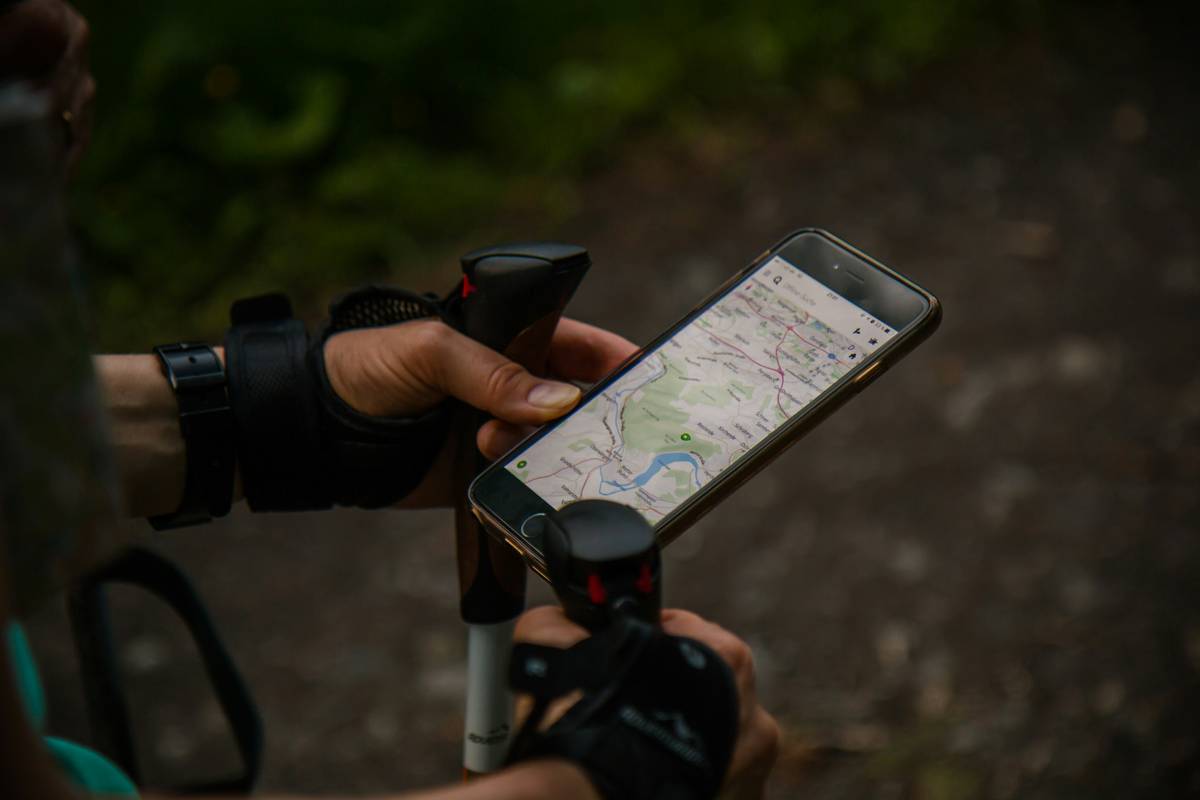Ever found yourself lost on a trail, staring at your phone’s drained battery while trying to figure out which way is up? Yeah, us too. Trust me, it’s not the “Zen moment” you signed up for when you Googled “best hikes near me.” That’s why today, we’re diving into the unsung hero of outdoor tech: watch altimeters and how they’re transforming hiking navigation. By the end of this post, you’ll know exactly how to make these gadgets work for you—without looking like an over-prepared tourist.
Table of Contents
- Key Takeaways
- Why Watch Altimeters Matter in Hiking Navigation
- Step-By-Step Guide to Setting Up Your Watch Altimeter
- Pro Tips for Mastering Watch Altimeters
- Real-World Success Stories (and One Epic Fail)
- Frequently Asked Questions About Hiking Navigation Tools
Key Takeaways
- Watch altimeters provide real-time elevation data, crucial for precise hiking navigation.
- Pairing your altimeter with other tools boosts accuracy but beware of common pitfalls.
- User errors (like forgetting calibration) are more common than you’d think—and can lead to hilarious disasters.
Why Watch Altimeters Matter in Hiking Navigation
“But aren’t GPS apps enough?” said every hiker who underestimated their last trek. Spoiler alert: They’re not always reliable.
I once relied solely on my phone during a hike in Utah. Big mistake. My phone died halfway through, leaving me stranded until I stumbled upon another group of hikers who laughed as they pointed back toward the parking lot. Lesson learned—the hard way. Enter the watch altimeter.

An altimeter measures air pressure to calculate altitude changes, making it indispensable when trails lack clear markers or visibility drops due to fog or nightfall. Combine that with traditional maps, compass readings, and even smartphone apps, and suddenly, you’ve got yourself a solid backup plan.
Optimist You: “This tool will save me from being lost!”
Grumpy You: “Sure, *if* you remember to charge it.”
Step-By-Step Guide to Setting Up Your Watch Altimeter
Alright, let’s get nerdy. Here’s how to set yours up:
Step 1: Choose the Right Device
Pick a device compatible with hiking navigation. Garmin and Suunto are rockstars in this space. Look for features like barometric sensors, water resistance, and long battery life.
Step 2: Calibrate Before Each Adventure
No joke—this step is critical. Start by comparing the altimeter reading to known landmarks’ elevations. For example, if you’re starting at sea level, adjust accordingly. Trust me; nothing screams “rookie move” louder than miscalibrated gear leading you astray.
Step 3: Sync with Other Tools
If possible, connect your watch to mapping software like Gaia GPS or AllTrails. This combo creates a powerful toolkit for staying on course.
Pro Tips for Mastering Watch Altimeters
- Calibrate Regularly: Air pressure fluctuates throughout the day. Recalibrating regularly ensures accuracy.
- Don’t Ignore Weather Conditions: Barometric pressure shifts affect readings. Always check forecasts beforehand.
- Avoid Cheap Knockoffs: Terrible tip alert! Sure, budget watches seem tempting, but they often skimp on sensor quality. Save yourself future frustration and invest upfront.
Real-World Success Stories (and One Epic Fail)
In 2022, Sarah T., an avid hiker from Colorado, credited her Garmin watch’s altimeter with helping her find her way after thick fog rolled in unexpectedly. Without it, she admits she might have wandered miles off track.
On the flip side, there was John P., who forgot to calibrate his device before summiting Mount Rainier. He proudly announced he’d climbed an extra thousand feet…until someone kindly pointed out he’d missed a recalibration step. Oops.

Frequently Asked Questions About Hiking Navigation Tools
Q: Do all smartwatches come with built-in altimeters?
Nope! While many high-end models do, cheaper ones often skip this feature. Check specs carefully before purchasing.
Q: Can I trust a watch altimeter alone?
Not entirely. Use it alongside other navigation tools like maps and compasses for best results.
Q: Is it worth investing in advanced settings?
Absolutely. Advanced tracking modes offer insights beyond basic elevation, such as ascent/descent rates and weather alerts.
Conclusion
So, ready to upgrade your hiking experience? A good watch altimeter could be your new best friend for better hiking navigation. Just don’t forget to calibrate, sync, and keep spare batteries handy. Remember what happened to poor John P.? Let his story be a lesson, not your reality.
To wrap it up, here’s a little haiku for ya:
Peaks whisper secrets, Altimeter counts each step— Nature meets tech.

